-
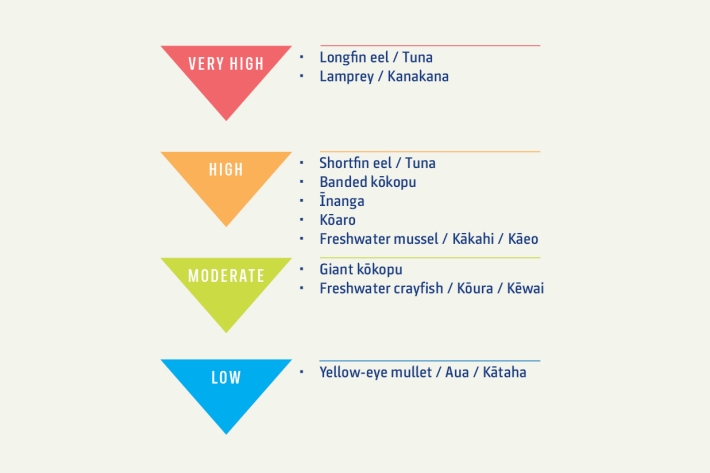
Freshwater species show vulnerability to climate change
Media release15 September 2020A new study has identified seven freshwater species native to Aotearoa-New Zealand that will likely be highly or very highly vulnerable to climate change. -
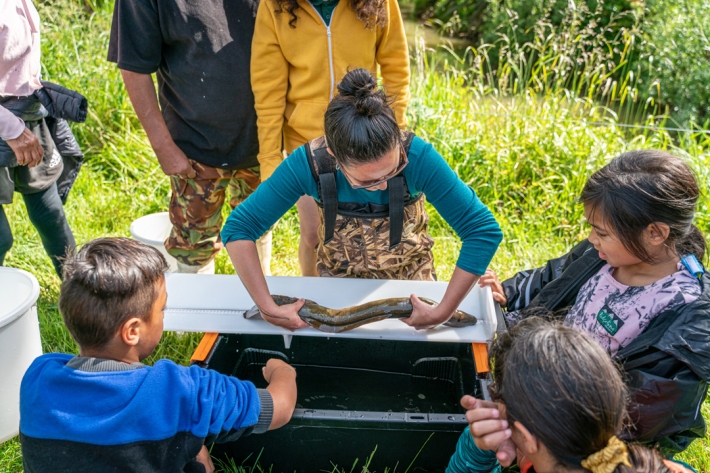
Maniapoto Cultural Assessment Framework
Research ProjectTe Nehenehenui (previously Maniapoto Māori Trust board) and NIWA are working collaboratively to support Ngāti Maniapoto whānau to reconnect with and participate in the assessment of their freshwater according to their values. -
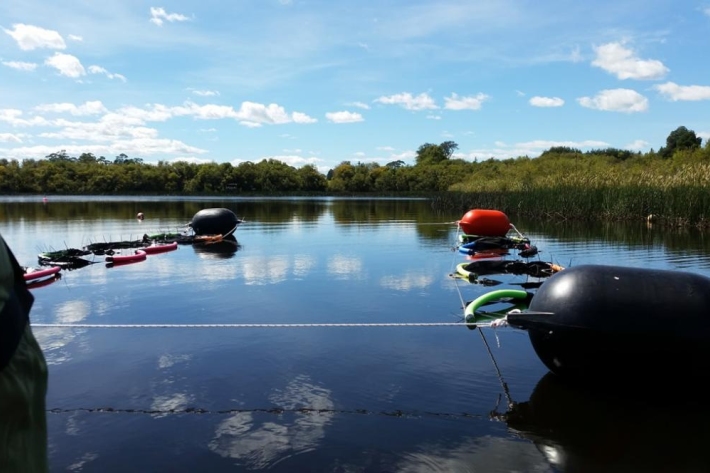
Eutrophication Risk Assessment
Research ProjectEutrophication occurs when nutrients in streams, rivers, lakes and estuaries cause excessive growth of aquatic plants and algae (primary producers). -
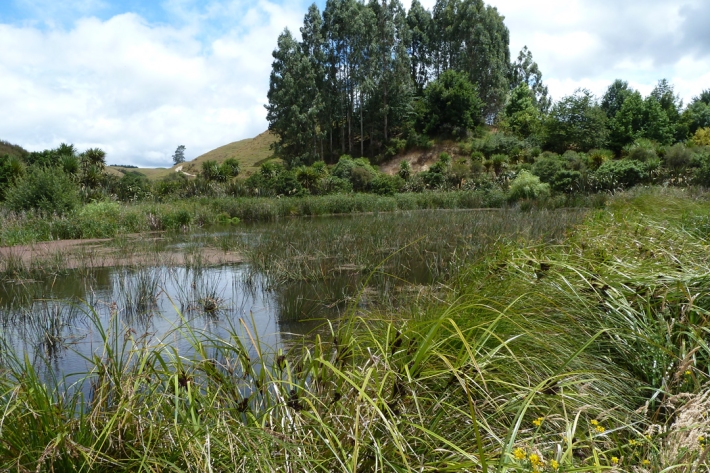
Constructed wetland guidelines
Constructed wetlands are a water quality restoration tool that can reduce levels of sediment, nutrients and microbes such as E. coli. -
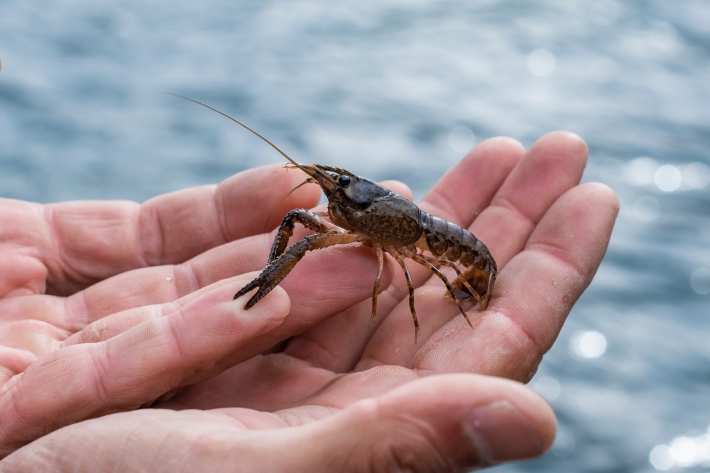
Taonga Species Series: Kōura
Feature story23 June 2020What does science tell us about New Zealand freshwater crayfish? -
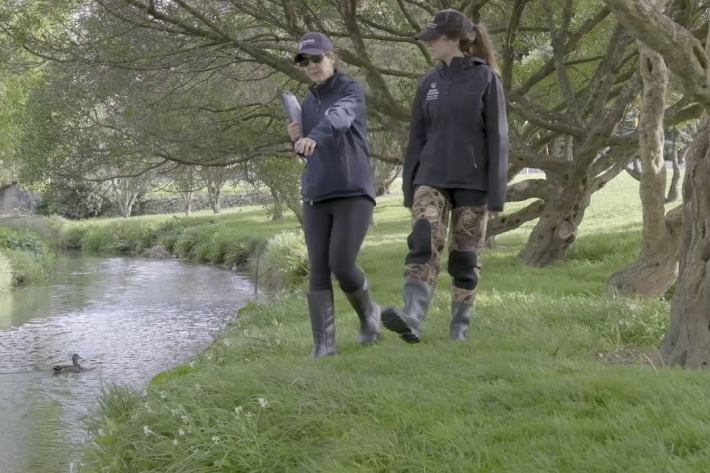
SHMAK habitat - rubbish
The SHMAK method for rubbish involves collecting and identifying all the rubbish (litter) in the stream and on the stream banks. -
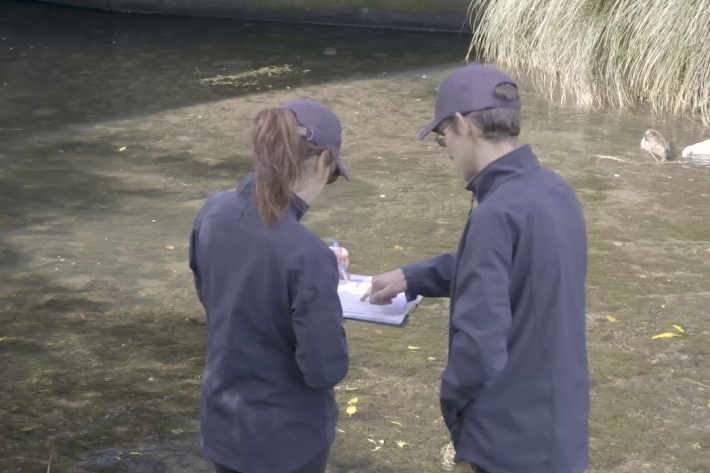
SHMAK habitat – visual habitat assessment
The SHMAK visual habitat assessment gives your stream a score that you can use to assess changes over time or compare streams. -
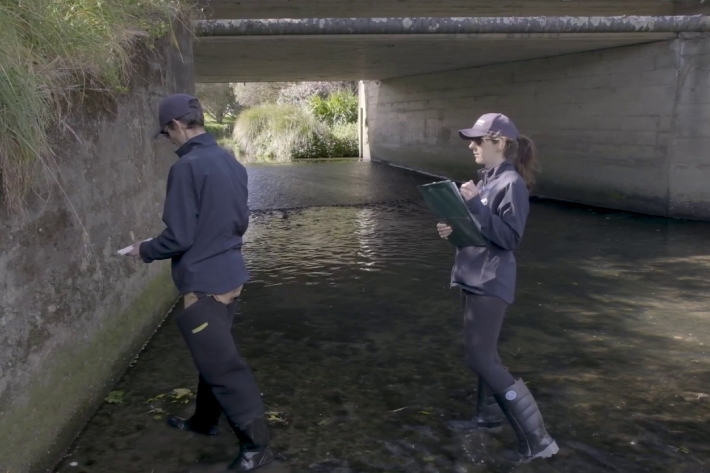
SHMAK habitat – streambed composition
Two methods for describing streambed composition: the visual assessment method is quicker while the Wolman walk is more accurate. -
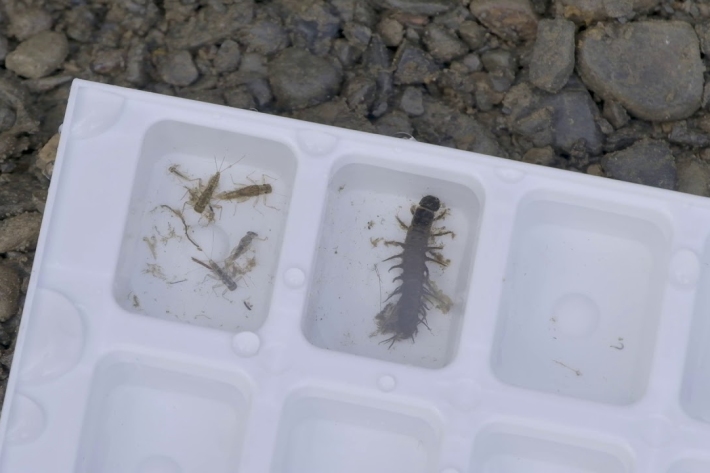
SHMAK stream life – how to sort and identify your benthic macroinvertebrate sample
Use an ice-cream tray to isolate and separate your invertebrates. The Benthic Macroinvertebrate Field Guide helps you with identification. -
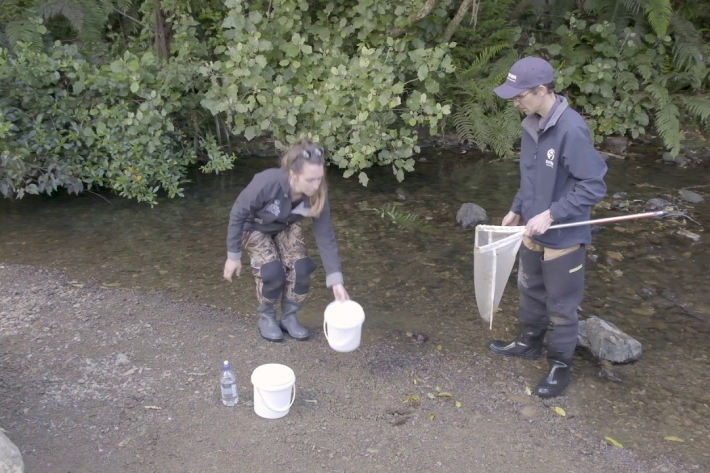
SHMAK stream life – how to get your benthic macroinvertebrate sample ready for sorting
Before you look at what animals you have collected, follow these methods to clear away debris (stones, sand, leaves, twigs) from your sample in the net. -
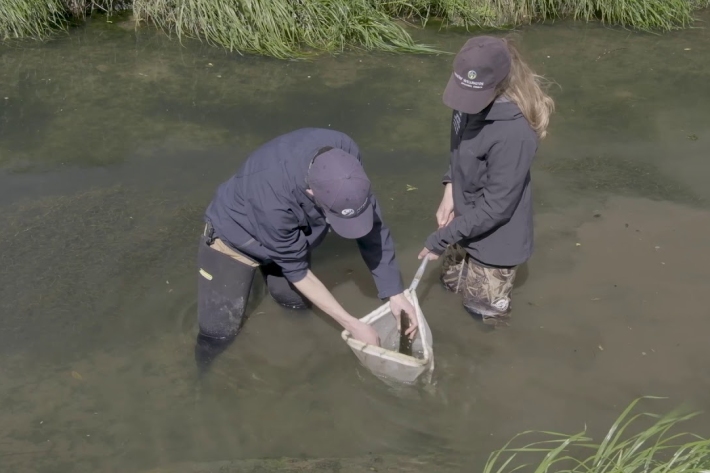
SHMAK stream life – collecting benthic macroinvertebrates in muddy-bottom streams
If your stream has a muddy-bottom or soft-bottom (made of silt or mud), you need to use a different method than if your stream has a stony-bottom. -
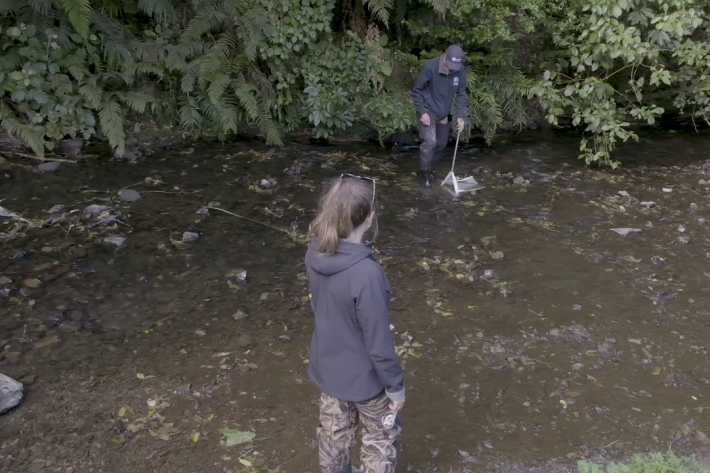
SHMAK stream life – collecting benthic macroinvertebrates using the Kick-Net Method
Use a net & the kick-net method to collect a greater range of benthic macroinvertebrates and more accurately assess the diversity of the community.
